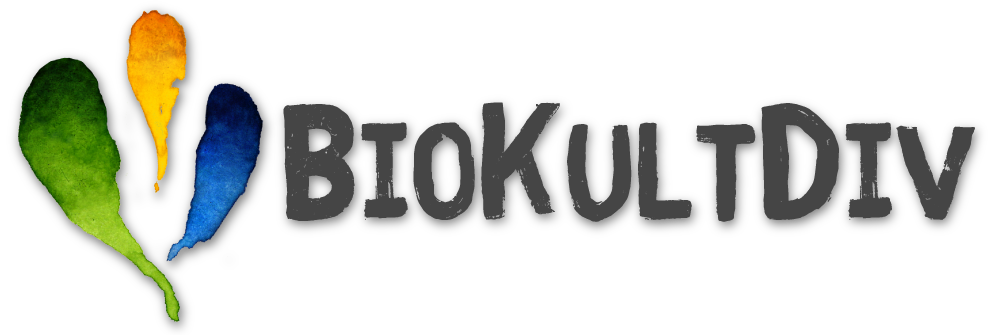BioKultDiv
Literature Review
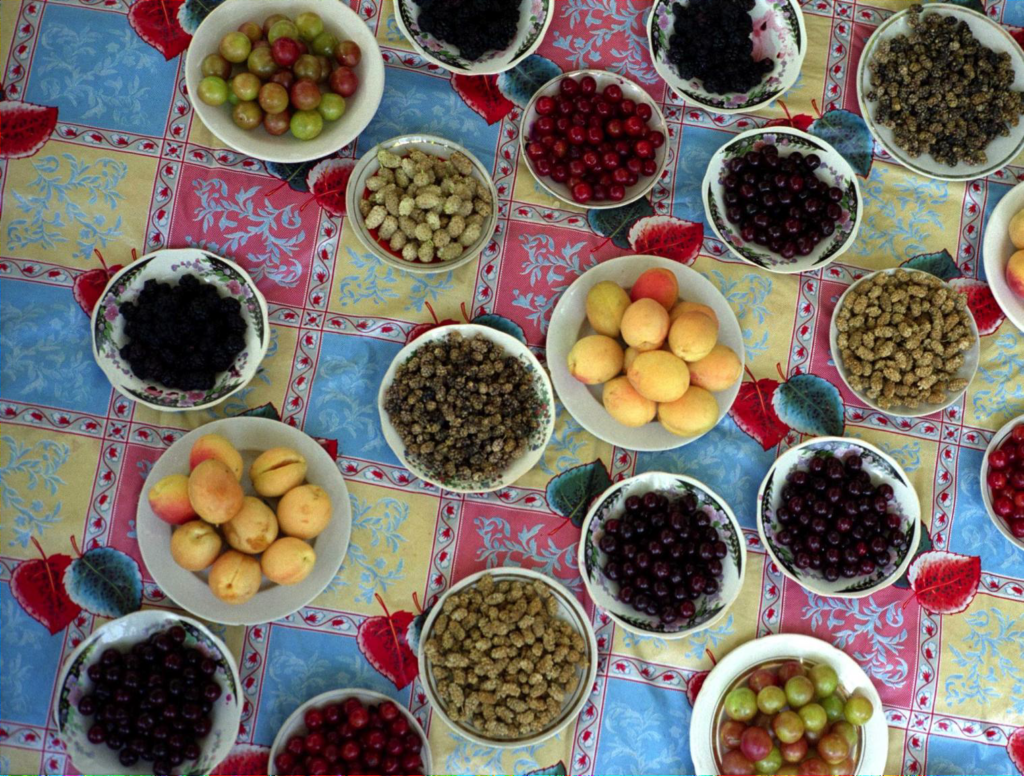
A systematic literature review on biocultural diversity was conducted, which led to the publication of the following paper in the scientific journal People and Nature:
Hanspach et al. (2020): Biocultural approaches to sustainability:
A systematic review of the scientific literature. People and Nature, 1-17.
Biocultural approaches to sustainability: A systematic review of the scientific literature
Hanspach, Jan; Haider, Lisbeth Jamila; Oteros‐Rozas, Elisa; Olafsson, Anton Stahl; Gulsrud, Natalie M.; Raymond, Christopher M.; Torralba, Mario; Martín‐López, Berta; Bieling, Claudia; García‐Martín, María; Albert, Christian; Beery, Thomas H.; Fagerholm, Nora; Díaz‐Reviriego, Isabel; Drews‐Shambroom, Annika; Plieninger, Tobias (2020): Biocultural approaches to sustainability: A systematic review of the scientific literature, People and Nature, 1-17, https://doi.org/10.1002/pan3.10120
In order to summarize the existing research on biocultural approaches to sustainability and to identify research gaps, we reviewed the scientific literature of the last 30 years (see Figure). Our results show that biocultural thinking is increasingly popular in sustainability science. Central to the literature is the idea of biocultural diversity, which includes not only biological diversity but also the cultural diversity that is related to it. Biocultural diversity is often considered to be the result of a long history of human–environment interaction specific to a given place. However, biocultural diversity is at risk of being lost in many places and there is an urgent need for its conservation. Pursuing the conservation of biocultural diversity, in turn, is one of many ways of how biocultural thinking can serve as a guide for future decision-making, actions and societal transformations. Issues around social justice and power are also identified in the literature, but have received surprisingly little attention so far. A stronger focus on these issues could add to a broader application of biocultural thinking in the future.
Overall, biocultural thinking offers a powerful space to discuss and solve sustainability problems, particularly because it is inclusive towards different ways of knowing and valuing the world. It can help to appreciate the interdependency and diversity of humans and their environment, but also to inspire and support changes towards a more sustainable world.

Key findings
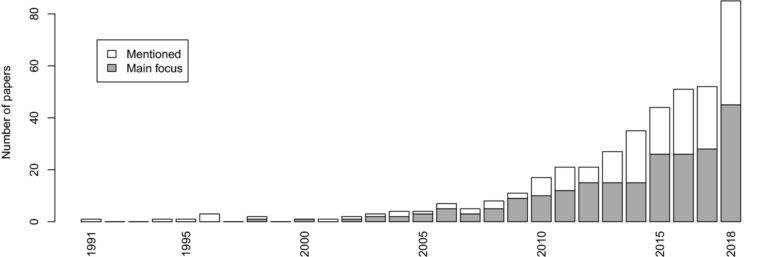
An increasing number of papers use biocultural approaches.
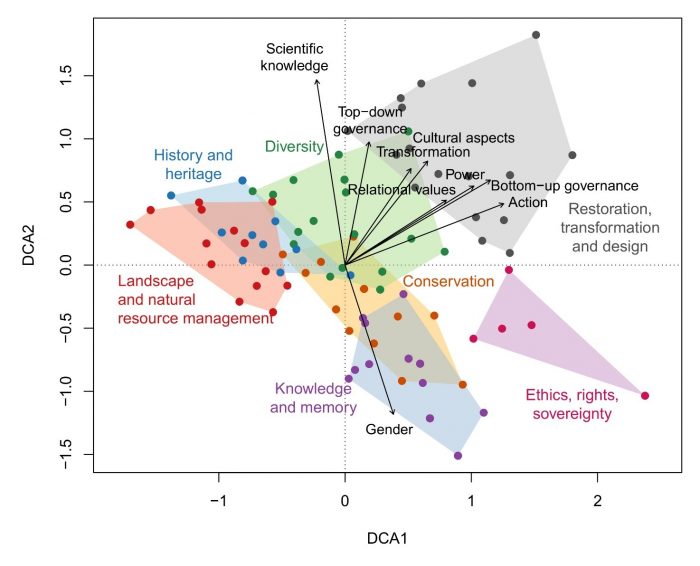
We identified seven different ways of understanding biocultural approaches. We called them lenses (coloured labels). The idea of biocultural diversity is central to these lenses. They show that biocultural approaches cover a broad range of applications across different contexts. These include applied research ranging from biodiversity conservation and ecosystem restoration to discussions of ethical issues and their implementation in transformational research
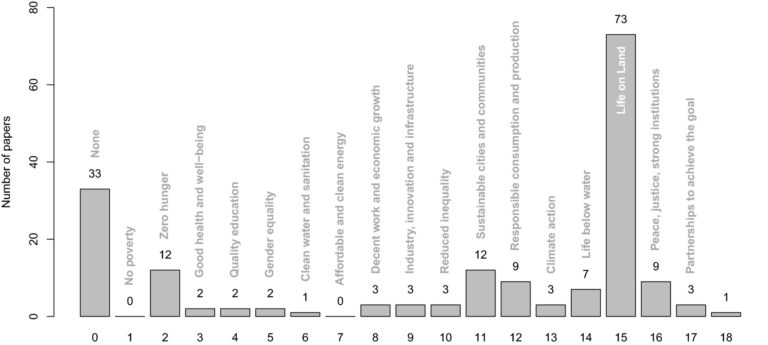
Sustainable Development Goal 15 (to “Protect, restore and promote sustainable use of terrestrial ecosystems, sustainably manage forests, combat desertification, and halt and reverse land degradation and halt biodiversity loss”) was most prominently linked to biocultural approaches.
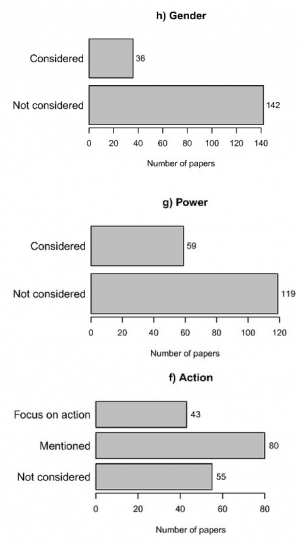
Biocultural approaches still lack mainstreaming of issues related to gender, power, action and transformations.
